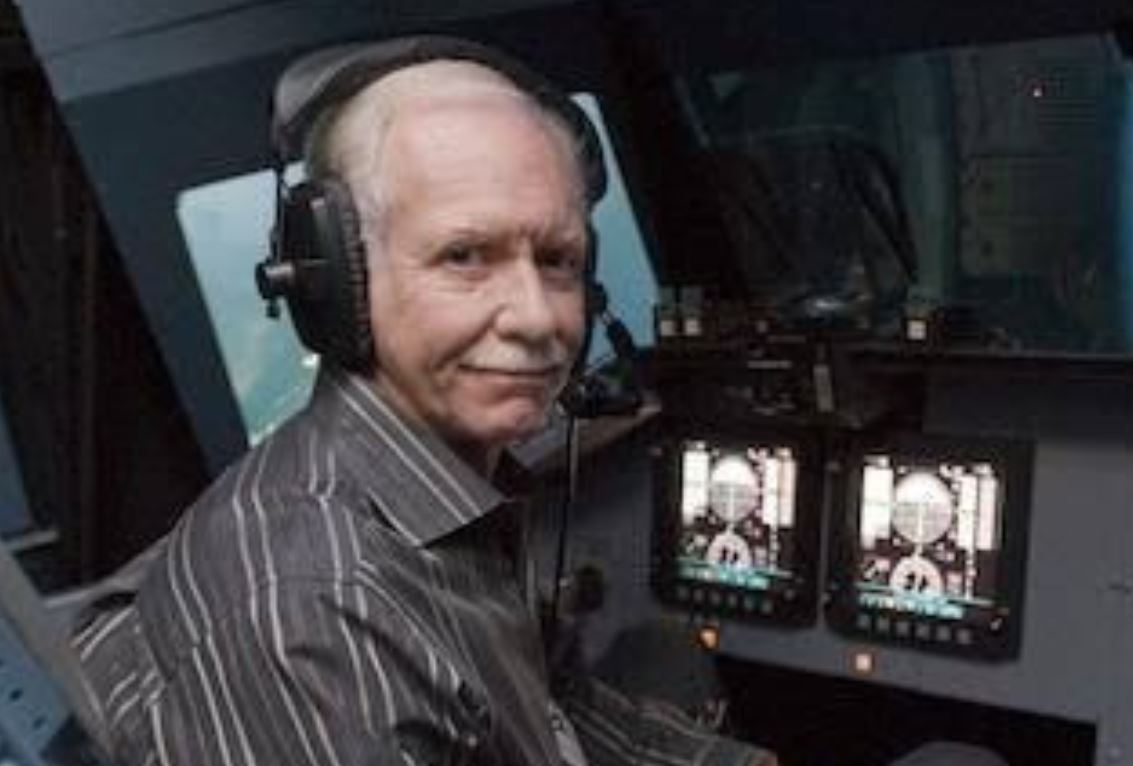Captain Chesley “Sully” Sullenberger, the legendary pilot celebrated for the “Miracle on the Hudson,” has shared his thoughts on the devastating midair collision near Washington, D.C., between an American Airlines flight and a U.S. Army Black Hawk helicopter.
The tragic incident occurred on Wednesday evening near Reagan National Airport, claiming the lives of all 67 people on board. Sullenberger, who heroically landed a jet on the Hudson River in 2009, recently spoke with The New York Times, offering insight into the unique challenges pilots face when flying at night, particularly over water.

He theorized that limited ground lighting over the sea could have played a key role in the difficulty of avoiding the crash. “Over water, fewer lights are visible than over land, which could make it harder to detect other aircraft,” he explained.
The 74-year-old aviation expert pointed out that nighttime flying is already complicated, as pilots rely solely on aircraft lights to gauge distance and movement. “You have to quickly determine whether another aircraft is above or below you, how far away it is, and in which direction it’s moving,” he said. “Darkness makes these calculations far more challenging.”
Sullenberger expressed shock over the accident and emphasized the importance of analyzing data from the flight recorders, cockpit conversations, and air traffic control to determine exactly what went wrong. He stressed that every tragedy should serve as a learning opportunity to improve aviation safety.

He also highlighted the role that Reagan National Airport’s infrastructure might have played in the disaster. He explained that the airport’s narrow runways and high traffic require pilots to undergo specialized training. While technological advancements have been made, much of the airport’s layout remains unchanged since its early days.
Comparing aviation safety to a series of dominoes, Sullenberger noted how one mistake could have catastrophic consequences. “Following strict safety protocols at all times is essential because even a small error can be deadly,” he stated.
The collision between American Airlines Flight 5342 and the Black Hawk helicopter underscores the ever-present risks of air travel and the need for continuous safety improvements. Investigators are examining black boxes recovered from the Potomac River in hopes of uncovering critical details from the moments before the crash. Meanwhile, recovery teams are working diligently to retrieve victims and debris from the site.
Sullenberger’s reflections serve as a powerful reminder of the challenges pilots face, especially in nighttime conditions, and highlight the importance of vigilance, advanced technology, and unwavering commitment to safety in preventing future accidents.


